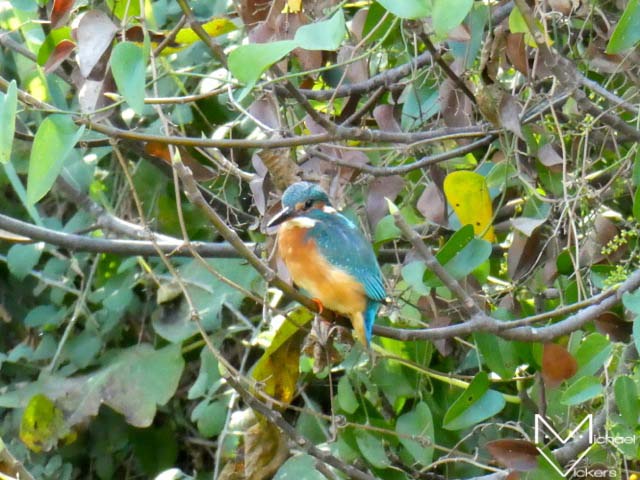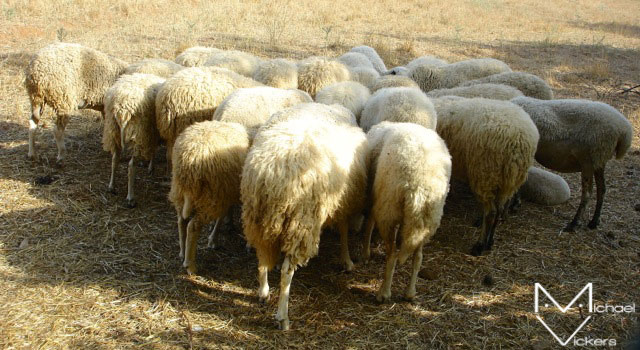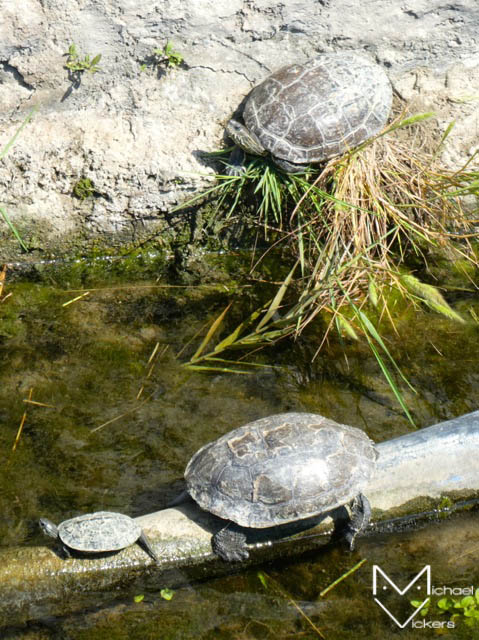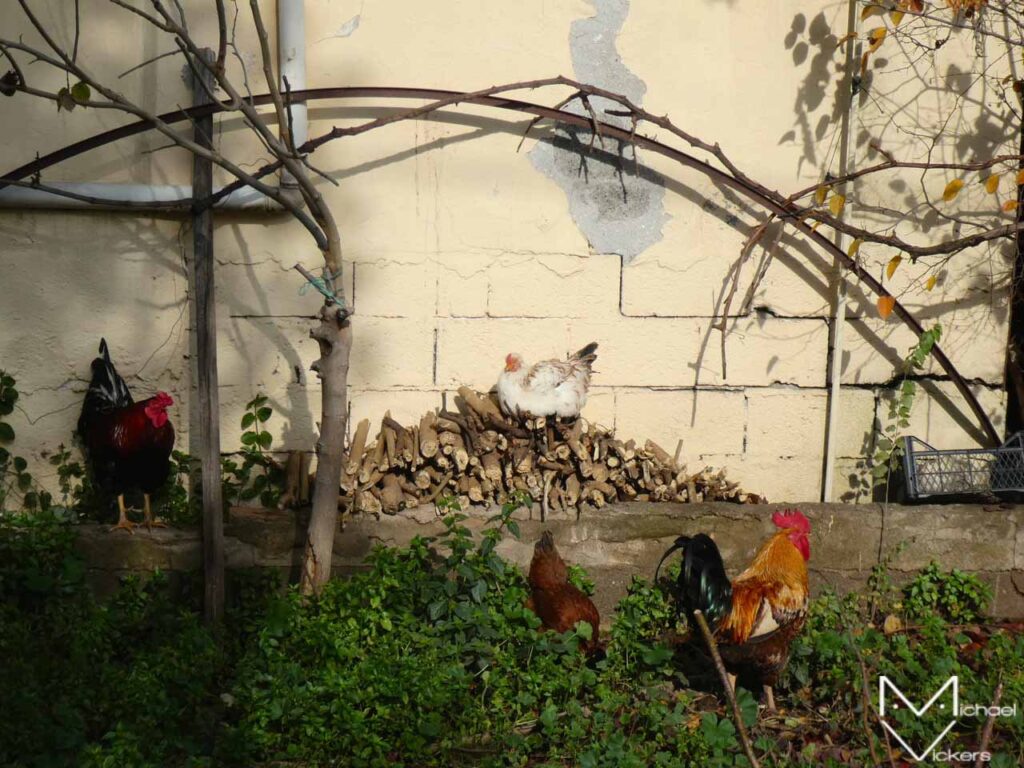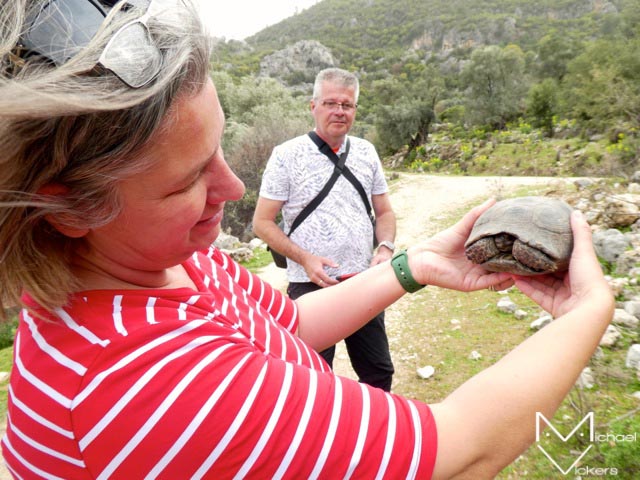
A Life Shared With Animals
Photos by Mike Vickers
Feature photo above: Having paddled in from the sea between the moored day boats, these geese crossed the beach on Flat Island to reach a brackish pool nearby.
For the sake of stating the fairly obvious, there’s no getting away from the fact that although we humans, as a species, regard planet Earth as ours, we do share it with a myriad of other animals, some of which are lovely and fluffy, while others can be really rather unpleasant, a fact that becomes urgently apparent when you’re being chased by a tiger! Thankfully, that’s not very likely in Turkey, but the extensively rural nature of the country does mean that wherever you do go, you are usually surrounded by all manner of animals, both domesticated and wild.
Chickens, for example, are everywhere, including the towns. Even in the centre of Fethiye, if you listen carefully, the comforting sound of a chicken squawking is just as prevalent as the background hum of traffic. I have to say the longest period of time I’ve ever spent in Turkey actually unable to hear chickens was on our visit to Istanbul, and even then, right in the midst of this huge metropolis, the cluck of chickens was replaced by the musical call of green parakeets.
So, in addition to our much-loved pets and omnipresent urban poultry, we rub along with all manner of other creatures, from strays on the street and farm stock to proper no-holds-barred wild animals – and believe me, there are plenty of those strolling around Turkey.
Some of these are just plain irksome in the extreme, such as the ants and cockroaches that invade our houses, donkey bees that pack a real punch and mosquitoes that chew us at every opportunity. Others need to be avoided at all costs, such as the venomous Ottoman vipers and multi-coloured scorpions. Many years ago, I was unfortunate enough to be stung on the knee by a scorpion in central Fethiye, of all places. I say unfortunate, but in reality I was very fortunate indeed – he was obviously heading north up my leg towards parts for which I have a great deal of affection!
And then there are those animals you really do need to back away from carefully. Very carefully! This includes Turkey’s indigenous spiny-arsed porcupine, occasionally known to charge in reverse, bristles-first, towards a threat. Also in this category, and the animals by far the most likely to be encountered, are wild boar. Jan was once chased around one of those big metal refuse bins by a very large, very slobbery and extremely angry wild boar, and there was no way we were getting out of the bus on the occasion we encountered wolves on the roadside near Kars. Persian leopards can still be found in the extreme east of Turkey, and you might be very surprised to hear leopards were actually still inhabiting the remote mountain areas of west and south-west Turkey as late as the 1970s, including Muğla province where we live. Yep, you don’t get leopards in Chalfont Saint Giles, that’s for sure. Jaguars, yes, but not leopards.
So here’s a collection of photos I’ve taken of some of the different animals we’ve encountered over the years. Many are fascinating and beautiful, but this is not an exhaustive list by any reckoning, and some of the more exotic and secretive animals require considerable effort and a significant amount of luck to actually see, such as the elusive caracal, a large lynx-like predatory wild cat that ranges in the forests near Ekincik on the far side of Dalyan. Top predator, that one. Brave as well – it apparently likes to eat porcupine!
As we’re on the subject of forests, those numerous silk cocoons found every spring festooning the local pine trees are the nests of the pine processionary caterpillar. Tens of thousands of these restless insects march nose to tail across the forest floor in extended pulsing convoys. It’s an intriguing sight, but beware – don’t ever touch! I mean it – their hairs can cause severe allergenic reactions that can easily kill a dog and land you in A&E.
Oh yes, one more thing. If you’re still reeling from all that, don’t think you can escape potential injury by taking a nice cool dip in the sea. Yes, you might be lucky and encounter adorable dolphins or flying fish, but on the other hand, you might be unlucky. Really unlucky! Apart from ever-present threat of pin cushion sea urchins, always ready to thrust their lethally barbed spines into your feet, you really don’t want to stand on a fire worm. It’s called a fire worm for a reason. Do you enjoy hospital food?
So, as you can see, it’s not all cuddly kitties and cute puppies. Sometimes, there’s screaming…

